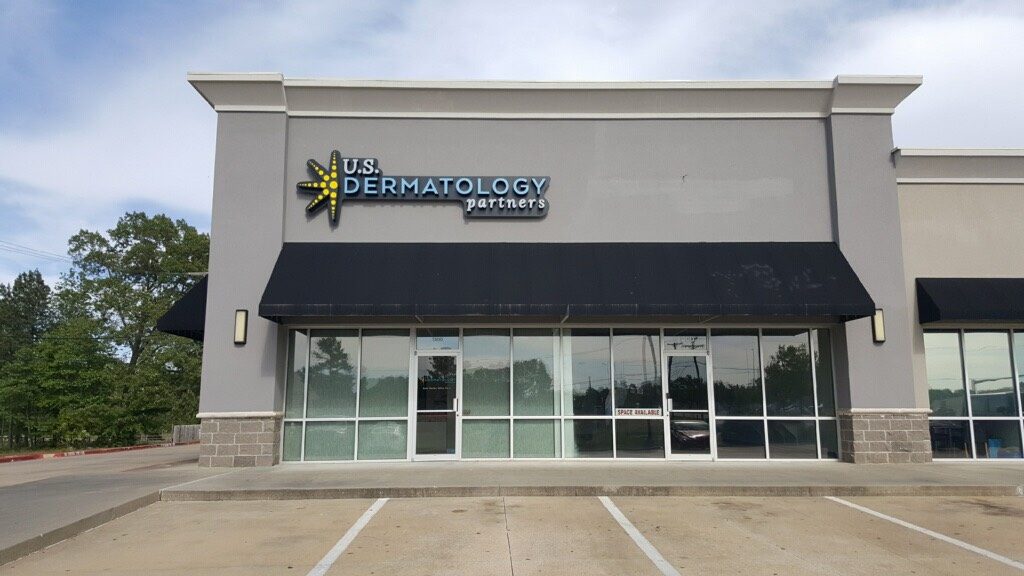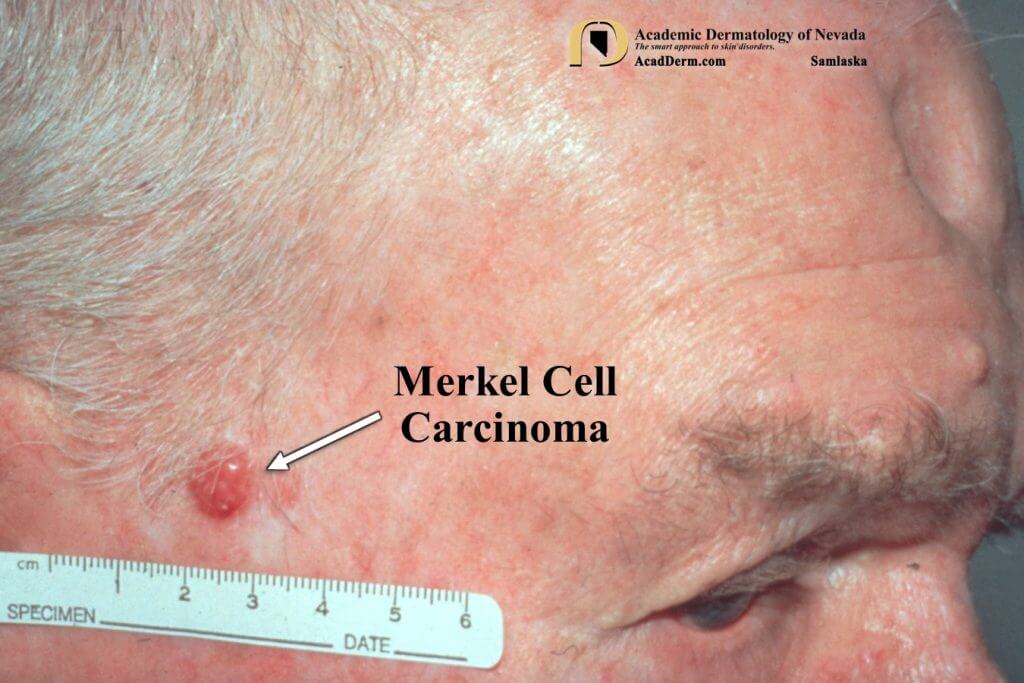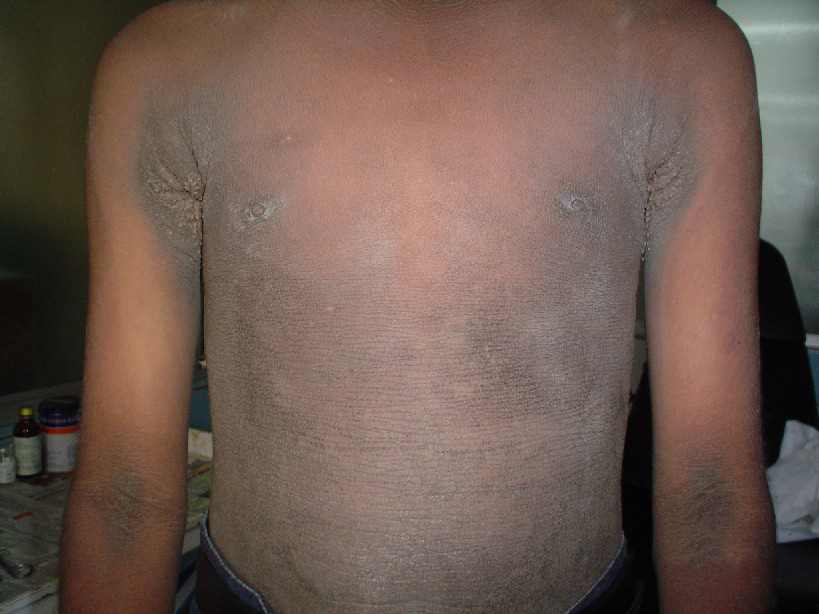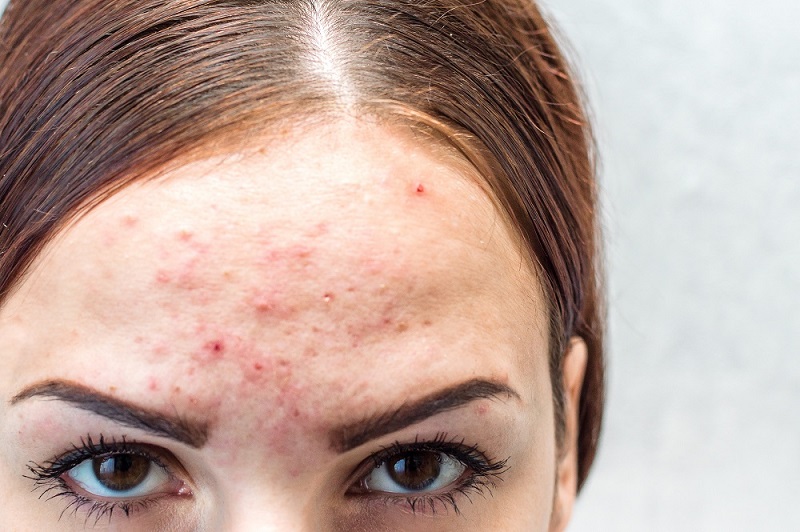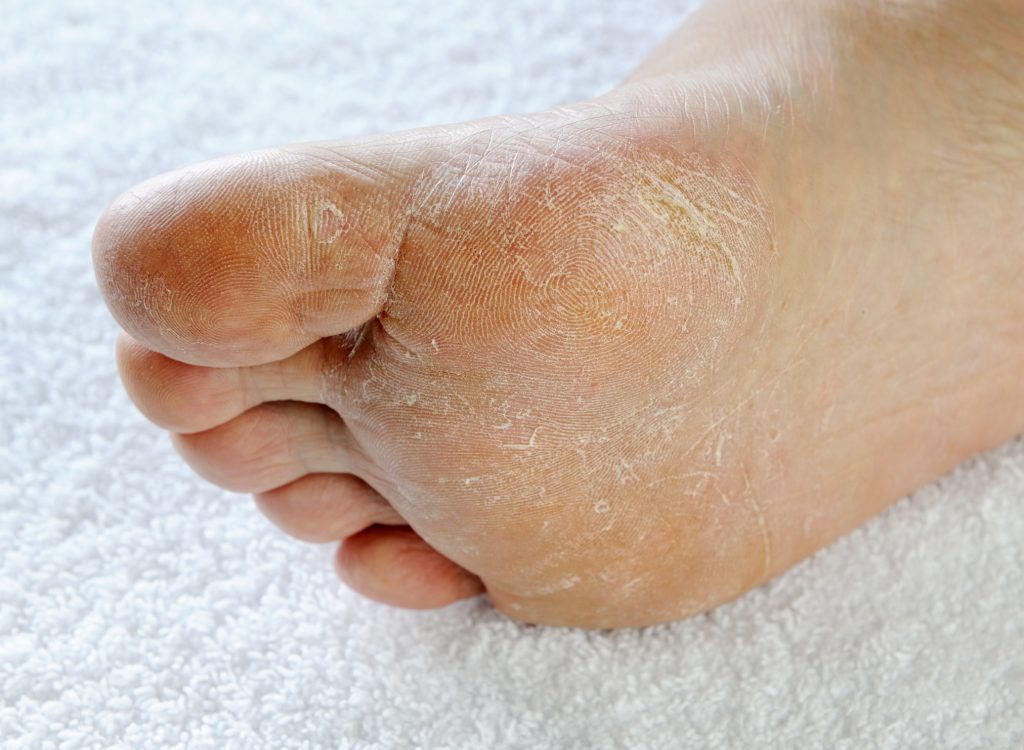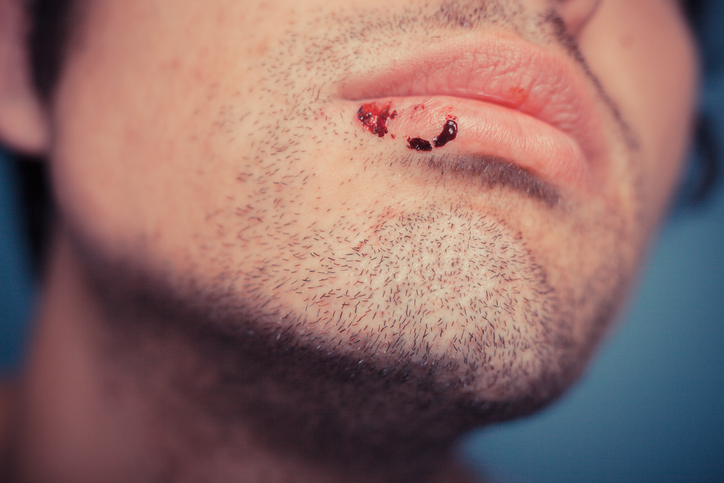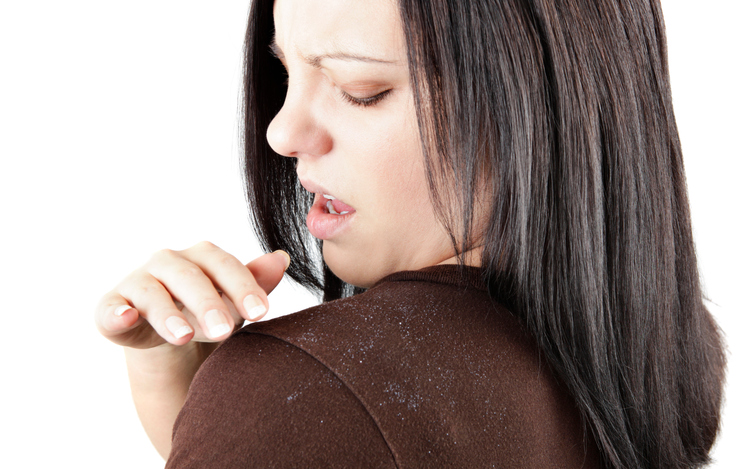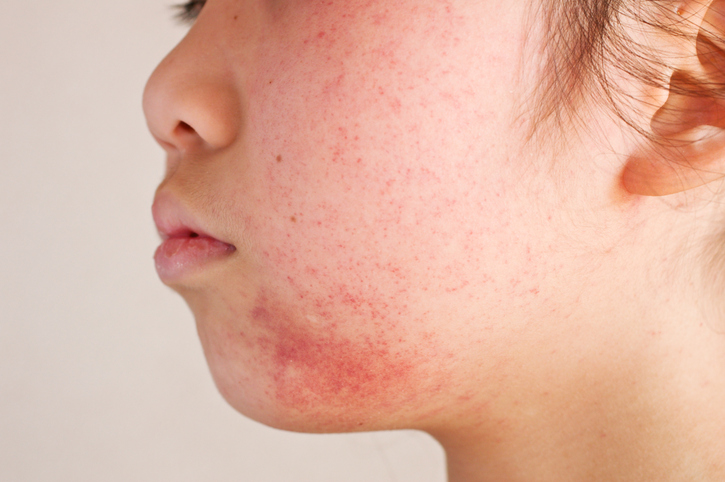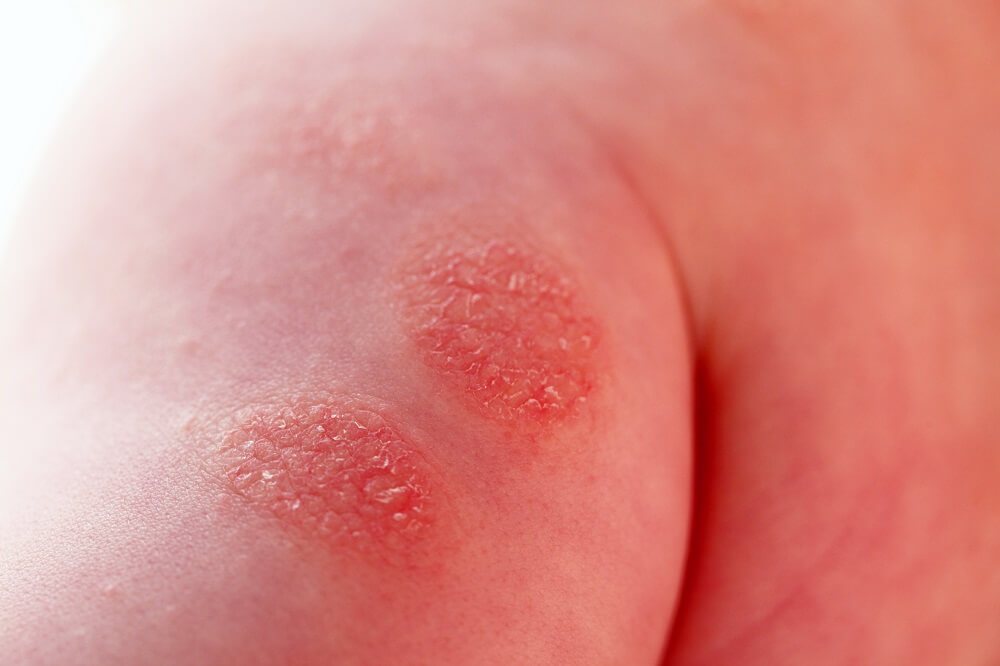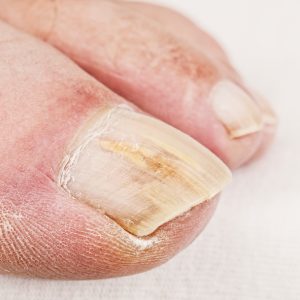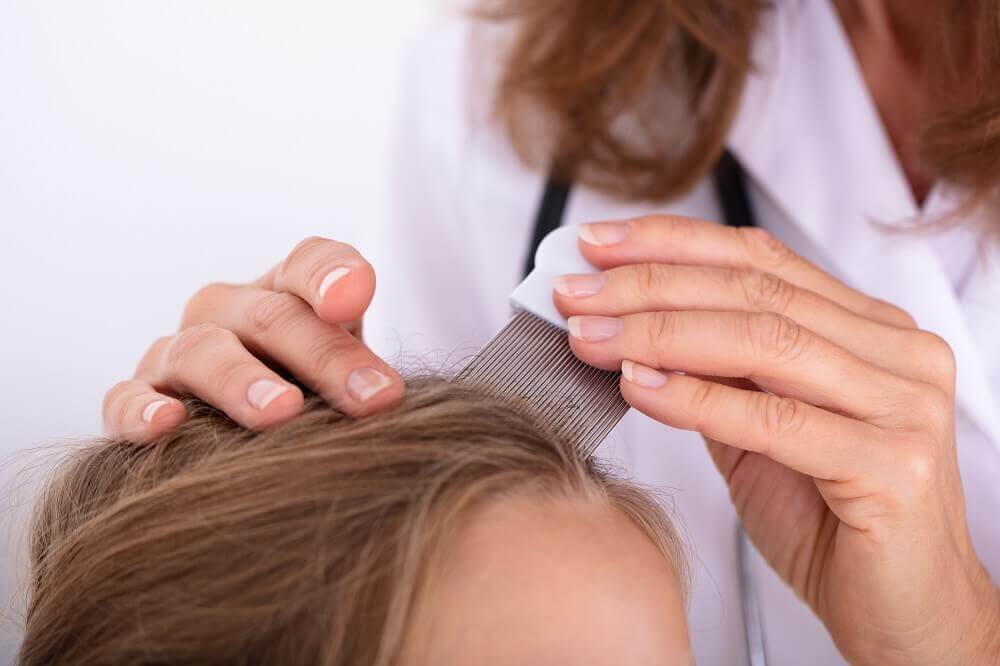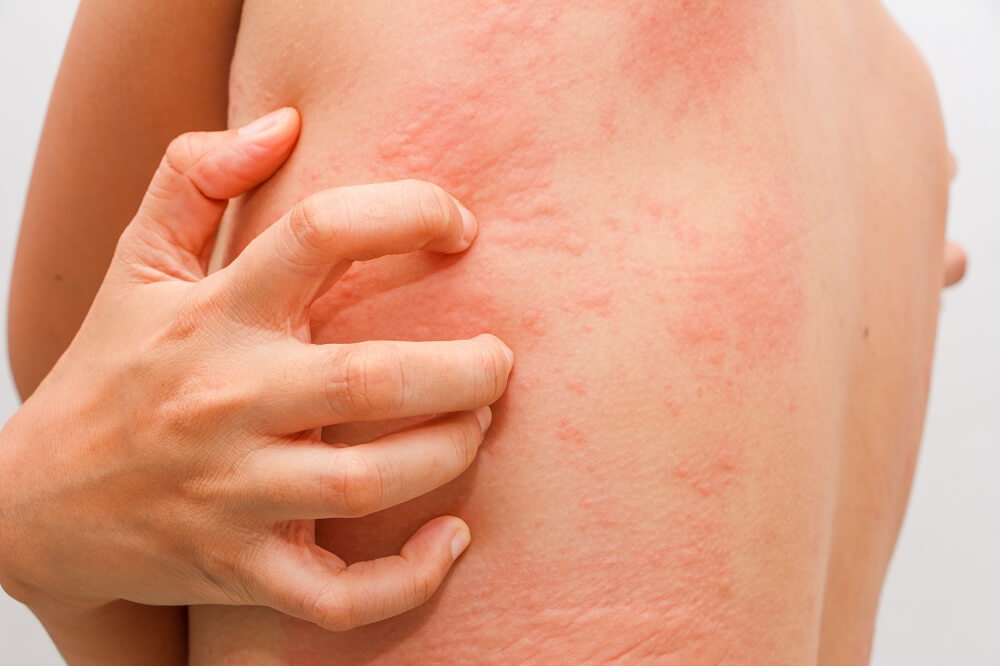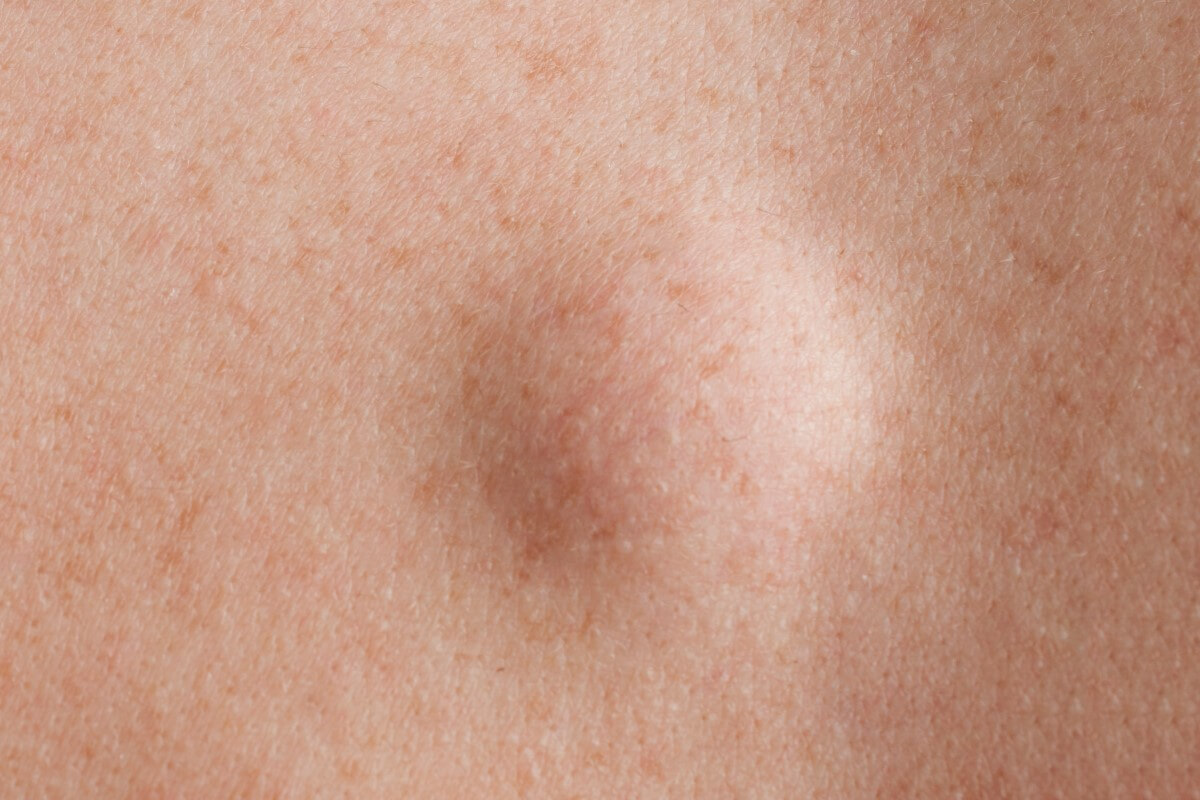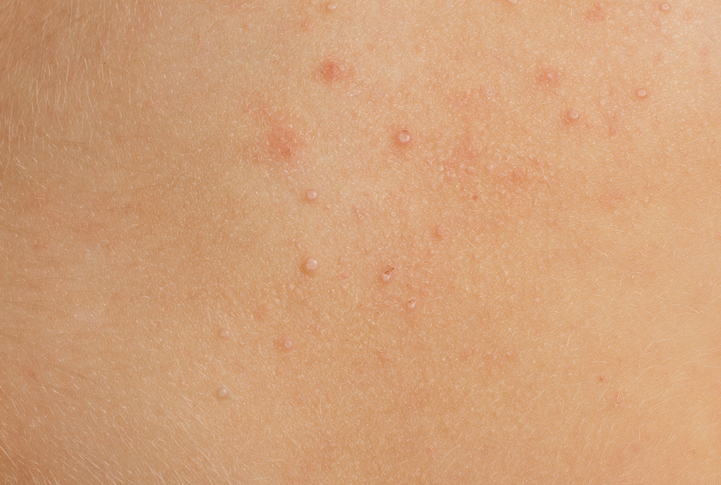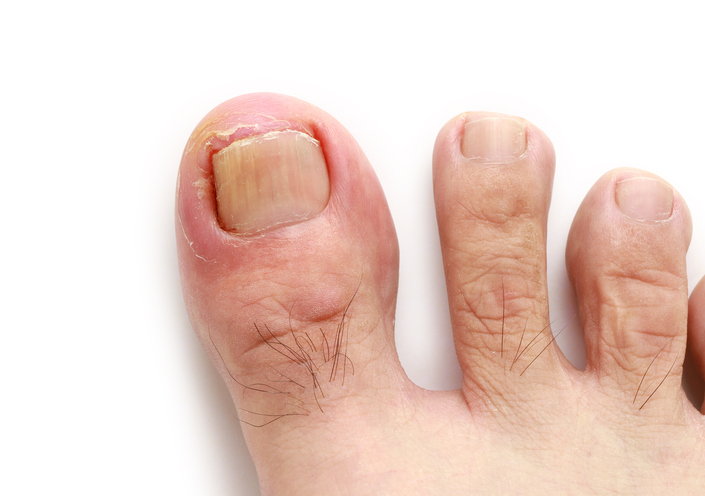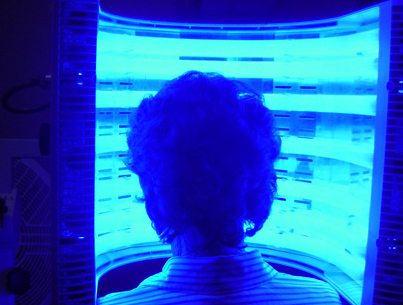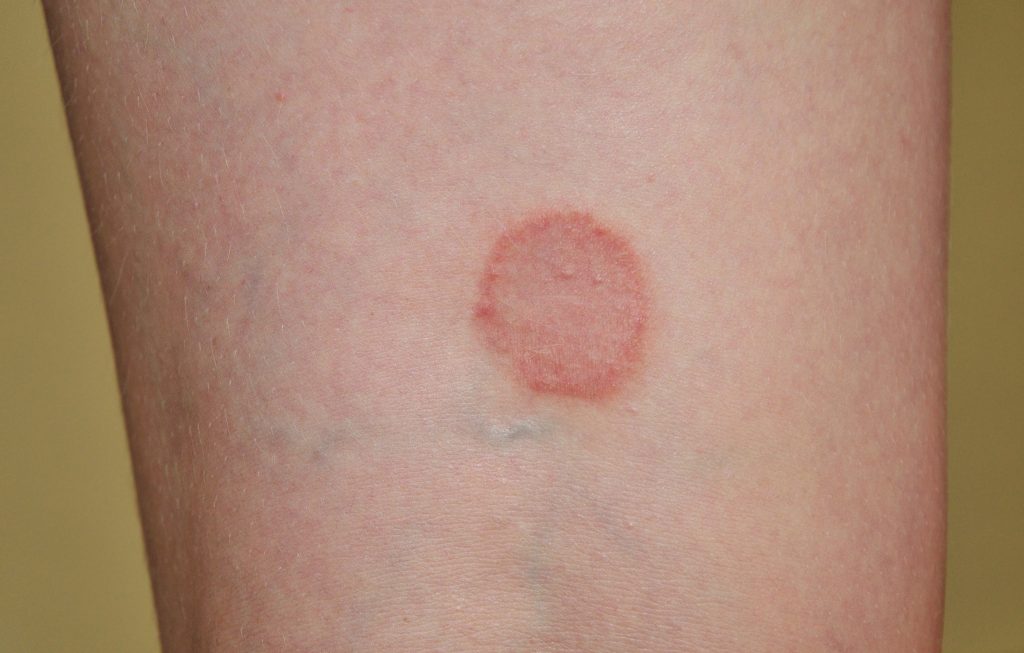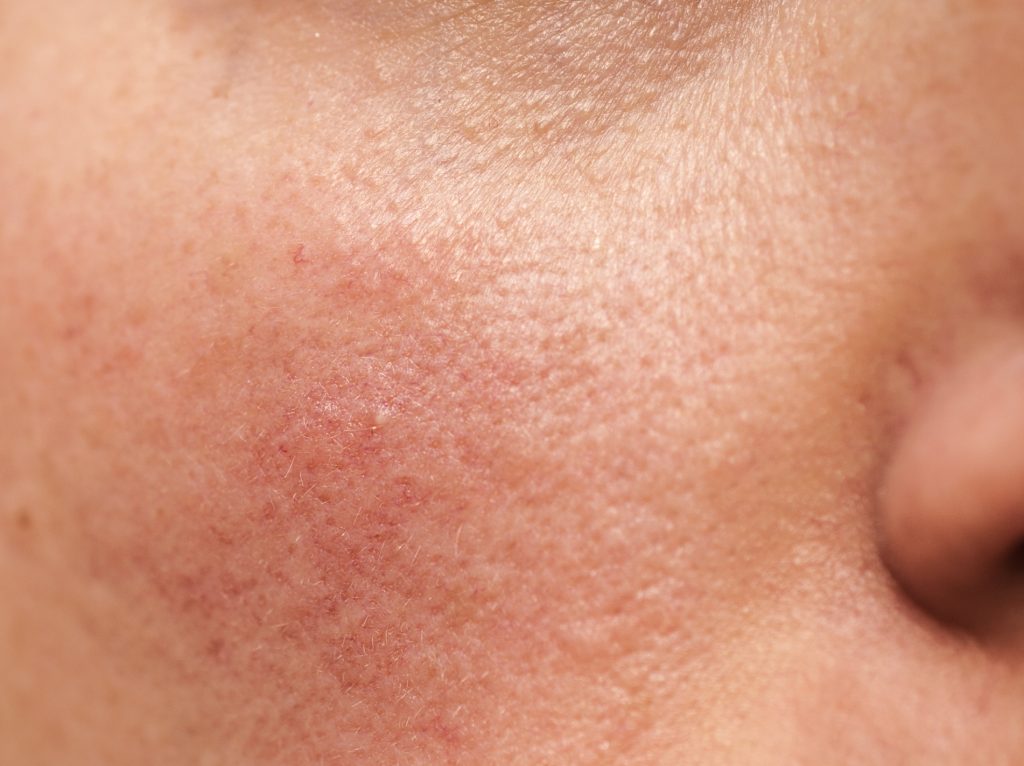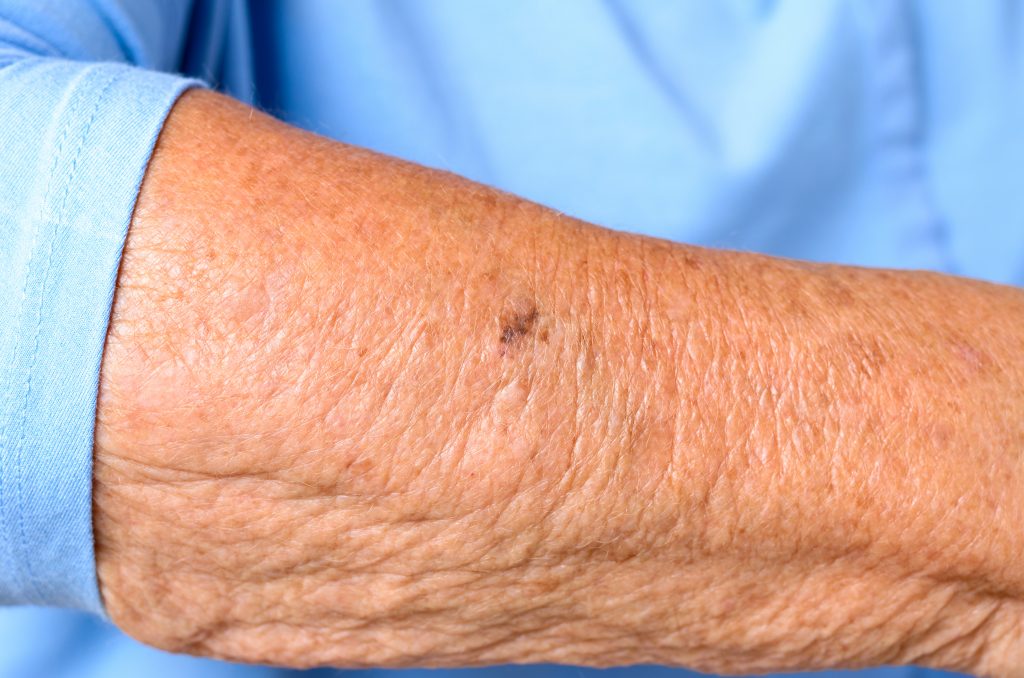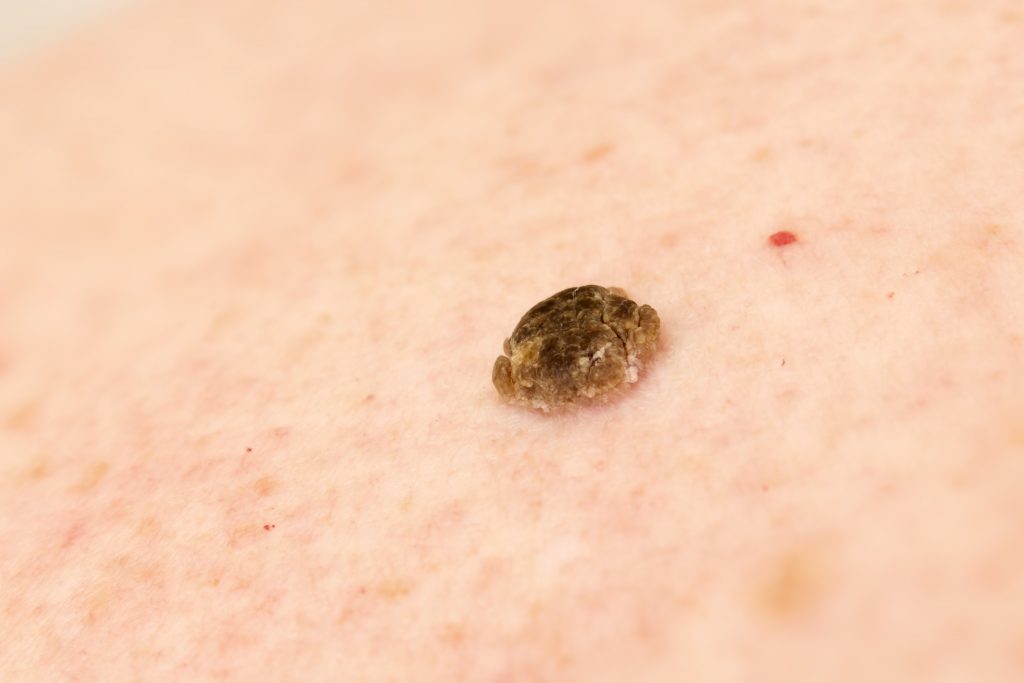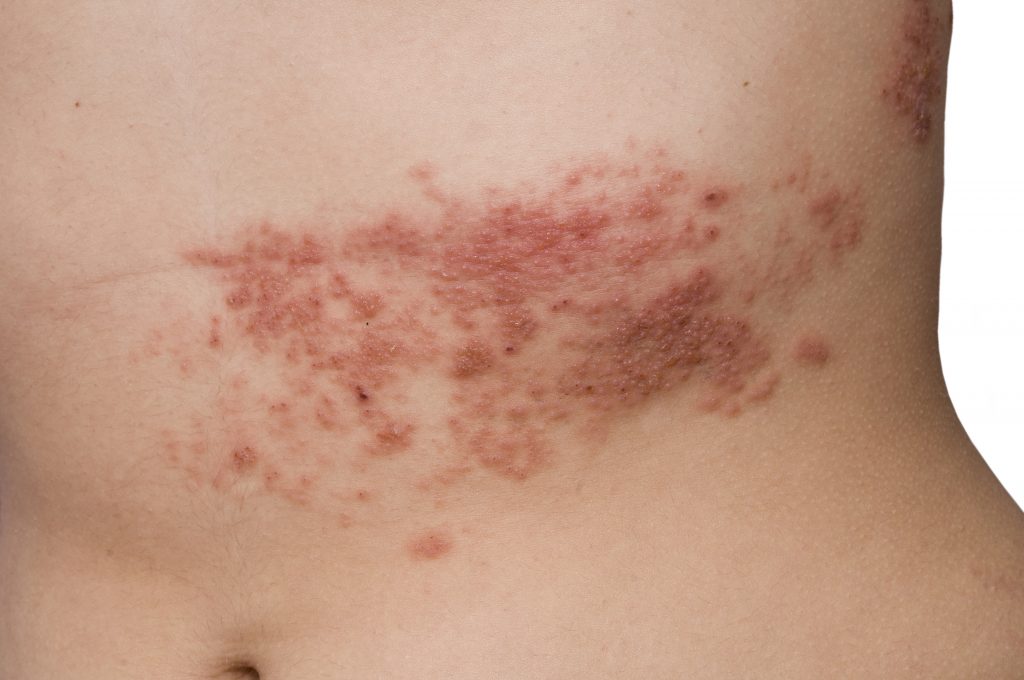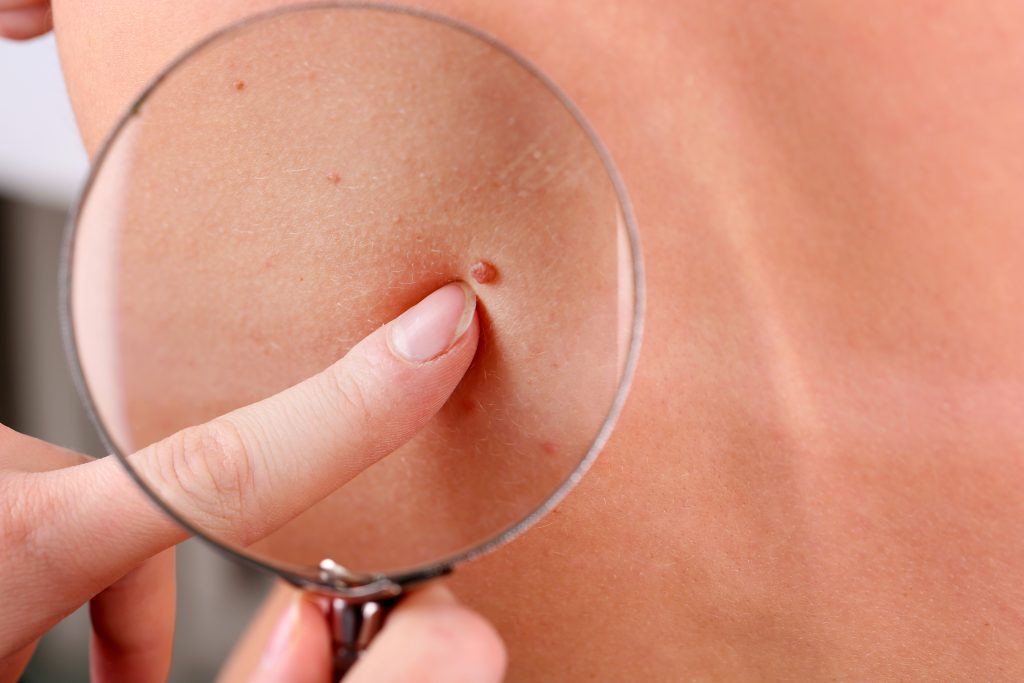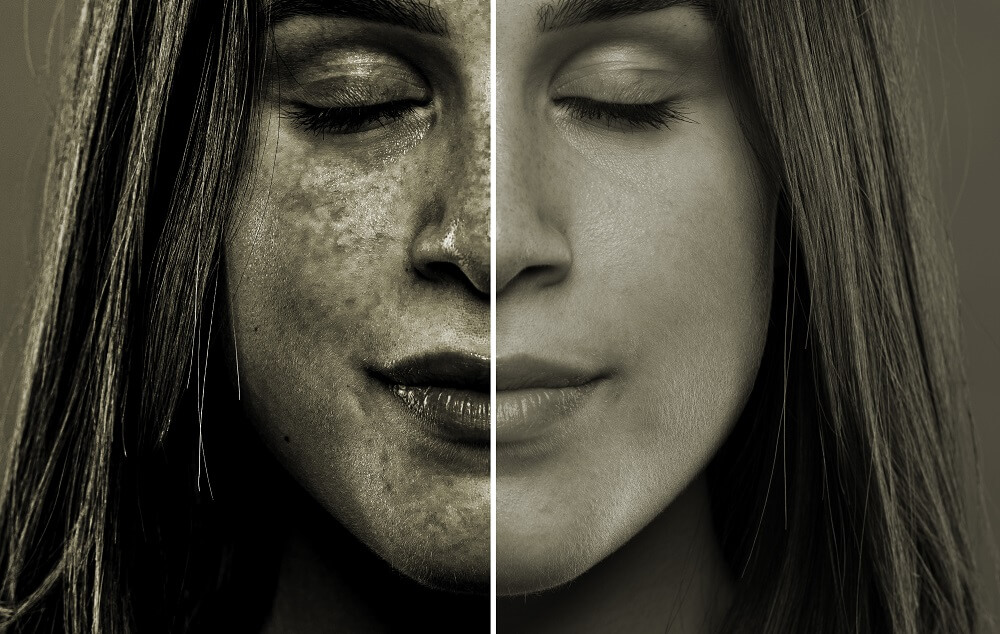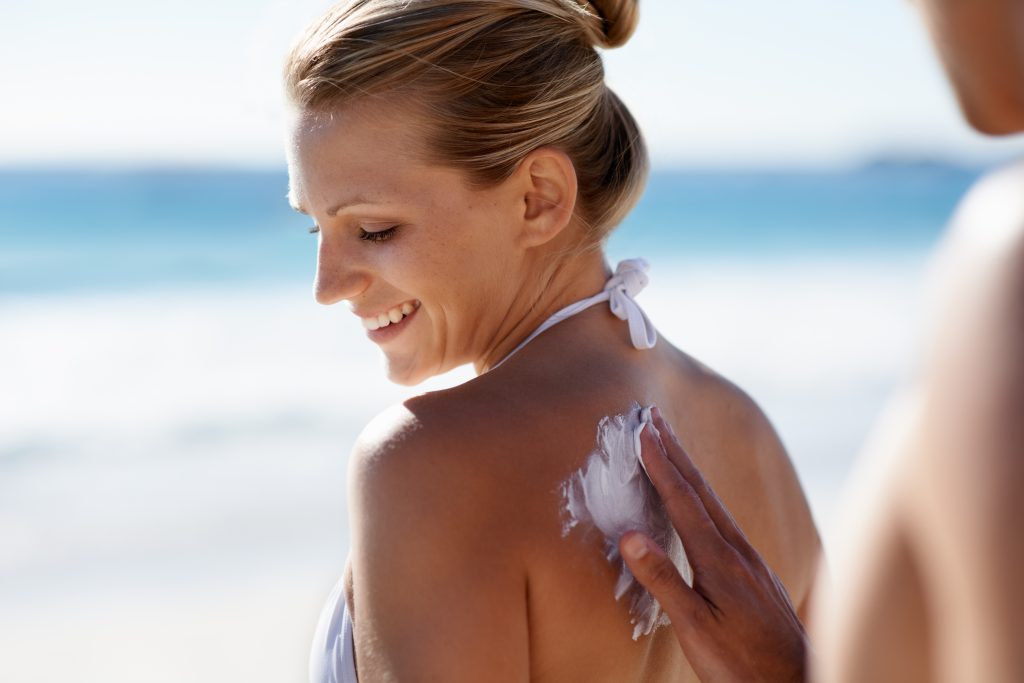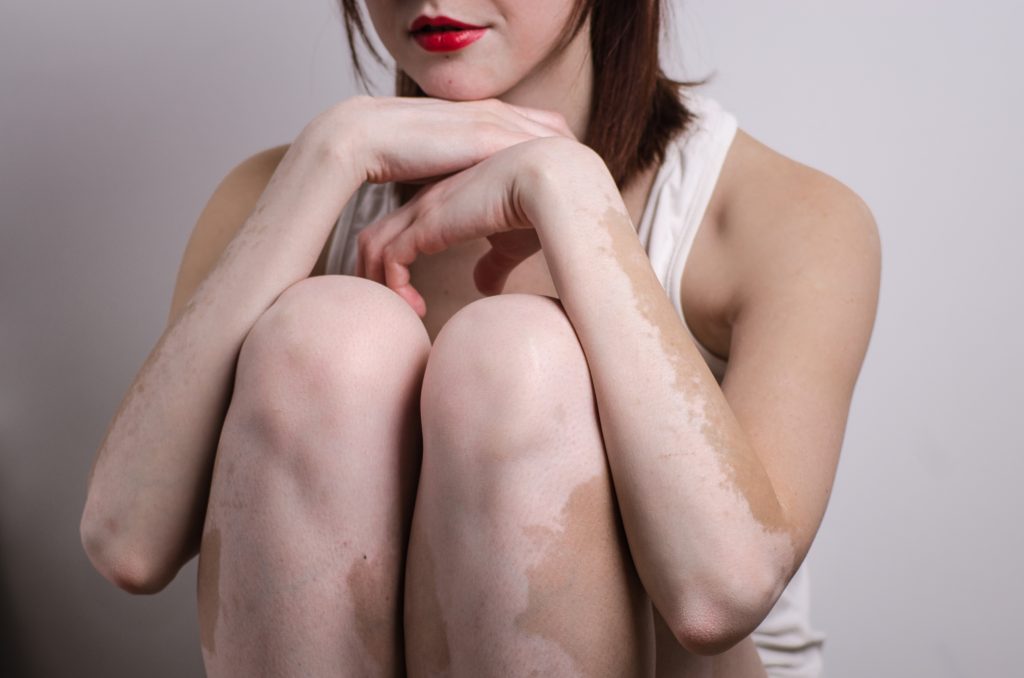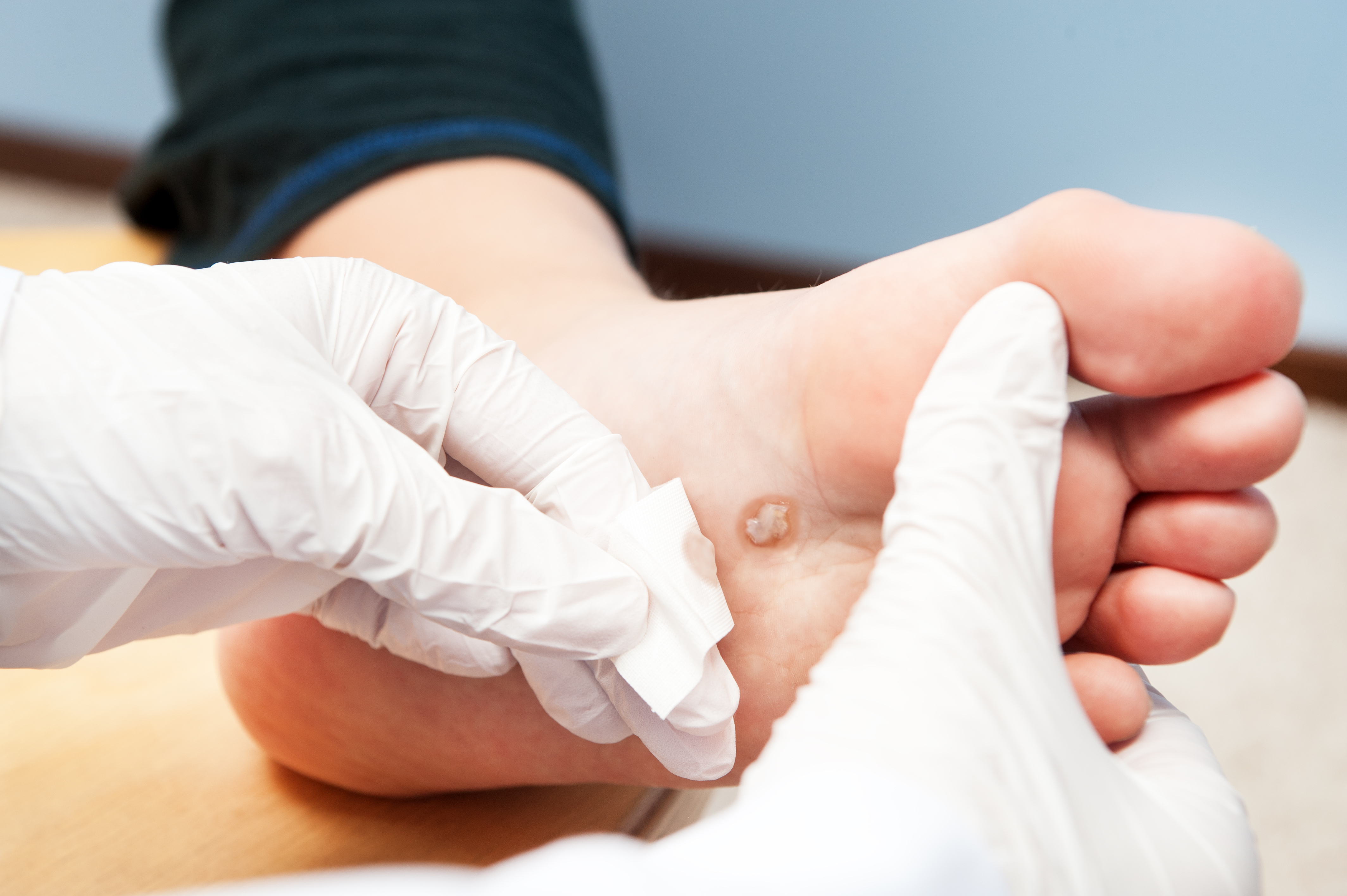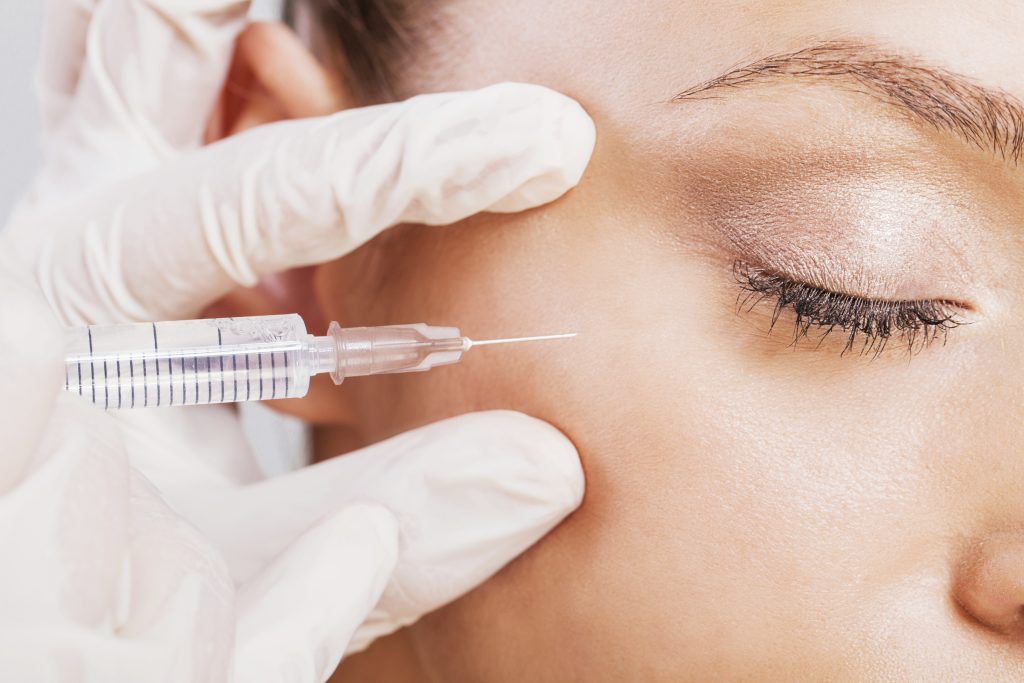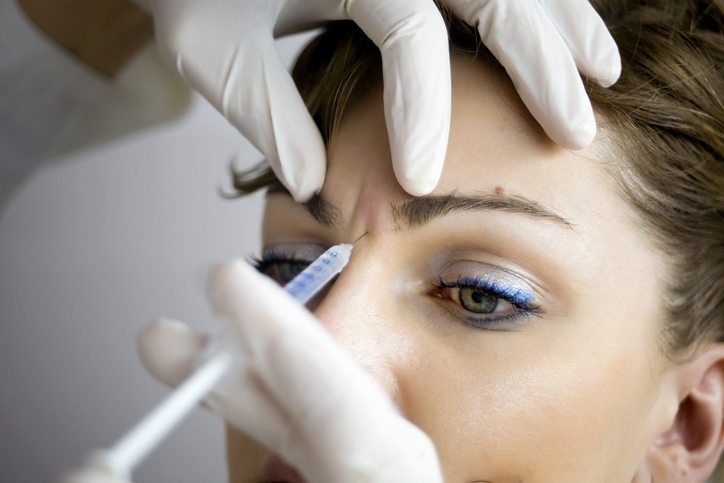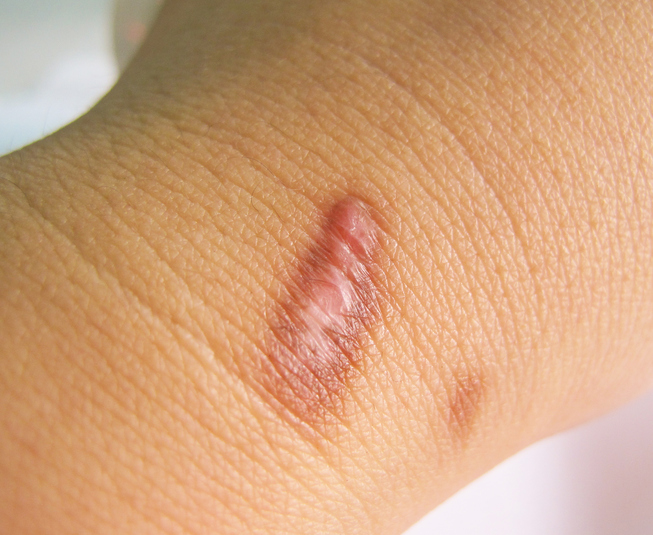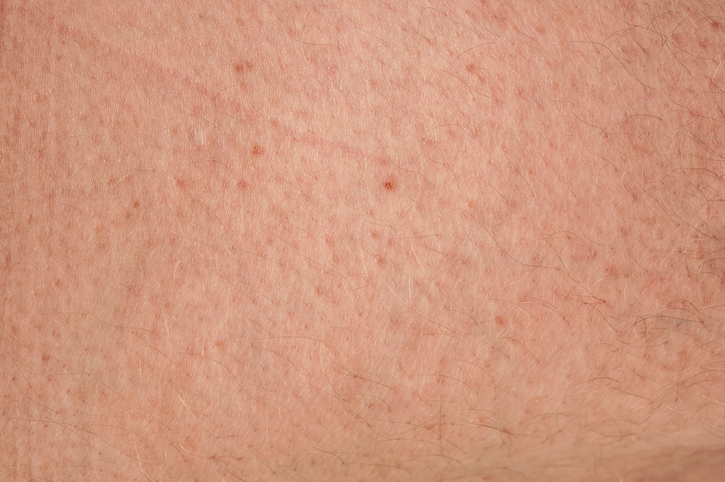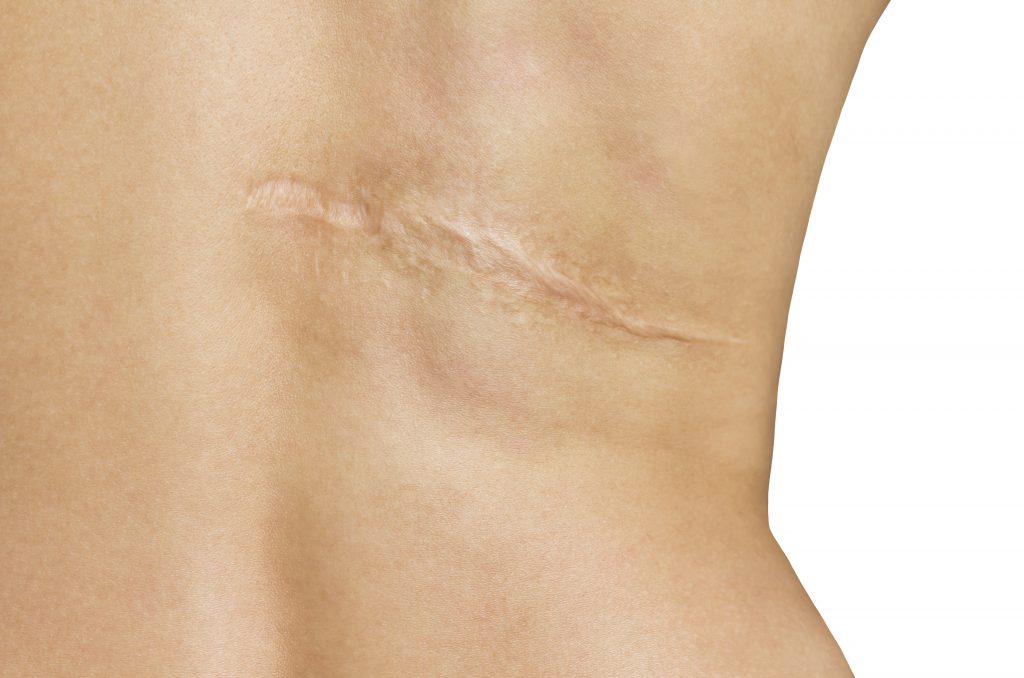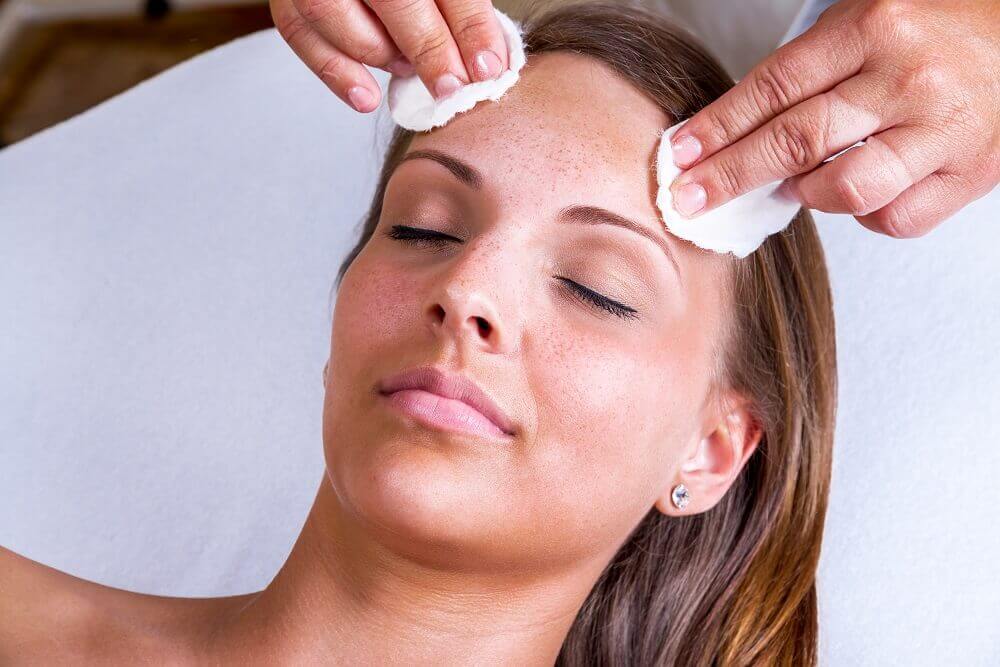Kelly Hunt graduated magna cum laude from Centenary College of Louisiana, where she earned a Bachelor of Science in Biology. She went on to attend Louisiana State University Health Sciences Center in Shreveport, Louisiana earning her Master of Physician Assistant Studies. She also earned the distinguished title of Diplomate of the Society of Dermatology Physician Assistants.
Prior to joining U.S. Dermatology Partners, Kelly worked in internal medicine at Scott & White Dermatology in Temple, Texas. Her interest in dermatology began as a patient and grew through years of shadowing and volunteering. Kelly provides medical and cosmetic dermatology services. She is compassionate and genuinely cares about the overall health and well-being of her patients.
Outside of work, Kelly enjoys running, art, and spending time with her family. She loves being a part of serving the Marshall community.
Badges and Awards
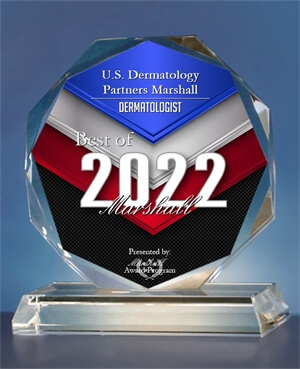

Specialties and Affiliations
Honors and Awards
- Centenary College President’s Scholarship, 2004
- Undergraduate Research Apprenticeship Program, LSUHSC, Shreveport, 2005
- Summer Undergraduate Pharmacology Enrichment Research Program, LSUHSC, Shreveport, 2006
- Centenary College Maroon Jackets, Shreveport, LA, (2007-2008)
- Centenary College AED Outstanding Contributions Award, Shreveport, LA, 2008
- Magna Cum Laude graduate, Centenary College of Louisiana, 2008



